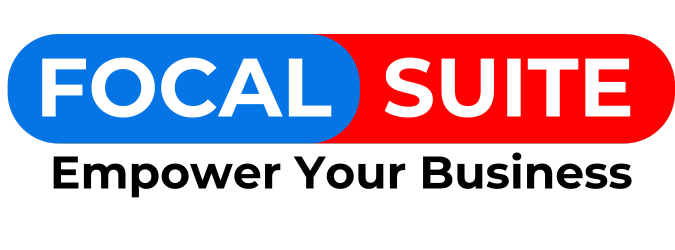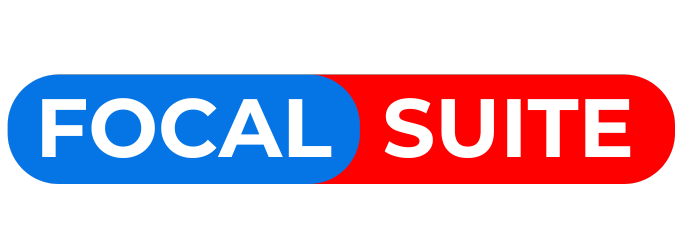Tagged: ApparelCustomization, DesignTools, FabricCustomization, HeatTransferPrinting, PriceCalculation, PrintDesign, TextAndFontDesign, WebToPrint
-
AuthorPosts
-
-
Hi everyone,
Heat transfer printing offers a wide range of customization options for apparel, but it also presents several design challenges that must be addressed for optimal results. Whether you’re creating custom t-shirts, jackets, or hats, understanding the limitations and possibilities of heat transfer printing is crucial. Let’s explore some of the design challenges vendors face when preparing artwork for heat transfer printing and how we can solve them.
Here are some key discussion points:
- Design Size and Placement:
- Challenge: Determining the correct design size for various apparel types (e.g., small t-shirts vs. large jackets) and ensuring it fits the print area.
- Solution: How do you ensure that designs are appropriately scaled to fit the front, back, sleeves, or other areas of the garment?
- Tip: Set guidelines for vendors regarding minimum and maximum print area sizes to help customers create suitable designs within the acceptable limits of heat transfer technology.
- File Format and Resolution:
- Challenge: Ensuring that the artwork is submitted in the correct file format and resolution for heat transfer printing, which typically requires high-quality vector files (e.g., SVG, AI) or high-resolution raster files (e.g., PNG).
- Solution: What are the best practices for ensuring your customers submit files in the correct format?
- Tip: Offer file upload checks in your Web-to-Print platform to automatically alert customers if their artwork is too low-resolution or in the wrong format before they place the order.
- Color Accuracy:
- Challenge: Maintaining accurate color representation when transferring designs onto fabric. Heat transfer printing relies on precise color matching, and variations in fabric color or heat transfer material can affect how colors appear.
- Solution: How do you ensure customers’ designs match the final print on different garment colors?
- Tip: Consider using a color matching guide or providing a preview tool that shows customers how their design will look on different fabric colors before confirming the order.
- Intricate and Detailed Designs:
- Challenge: Designing intricate or detailed images with very small text or fine lines that may not translate well with heat transfer methods.
- Solution: How do you handle detailed designs, such as small text or complex logos, ensuring they are legible and properly printed?
- Tip: Recommend minimum font sizes for text and avoid overly intricate designs that could be difficult to transfer. You can also offer design review services to ensure customers’ designs are optimized for heat transfer.
- Multiple Layers in Designs:
- Challenge: Some designs require multiple layers of heat transfer materials (e.g., different colors or special effects like glitter, foil, or reflective elements). Layering these materials requires careful planning to ensure that each layer adheres properly and does not overlap incorrectly.
- Solution: How do you approach designs that require multiple layers of heat transfer material, and how do you communicate the potential challenges to customers?
- Tip: Offer guidelines or tutorials on how to create multi-layer designs. Consider providing a preview tool that simulates how the layers will appear when printed.
- Text and Fonts Challenges:
- Challenge: Working with fonts and text in designs, particularly for customization options like names, numbers, or slogans. Fonts that are too thin or too decorative might not transfer well, and customers may struggle to select readable fonts for small text.
- Solution: How do you ensure the text is legible and will transfer clearly onto garments?
- Tip: Set font size guidelines for text elements and provide customers with a selection of fonts optimized for heat transfer printing. Consider automatically adjusting the font size for better readability when customers choose smaller sizes.
- Design Alignment:
- Challenge: Ensuring the design is properly aligned when applying it to the garment. Even slight misalignment can result in an unsatisfactory print, particularly with multi-area prints (e.g., front and back designs).
- Solution: How do you ensure alignment is consistent across different garment sizes?
- Tip: Provide alignment guides or templates within your Web-to-Print platform to help customers position their designs properly on the garment.
- Material Limitations:
- Challenge: Heat transfer printing works best on certain fabrics like cotton, polyester, or blends, but some materials may not yield the desired results or may require special heat transfer materials.
- Solution: How do you address material limitations when designing custom apparel?
- Tip: Educate customers on which fabric types work best with heat transfer printing, and offer recommendations or alternative options when a design may not be suitable for a particular fabric.
- Previewing the Final Product:
- Challenge: Allowing customers to visualize how their design will look on the final product before they place an order. This can be tricky with complex designs, color variations, or fabric choices.
- Solution: How do you provide a reliable preview that accurately represents the final product?
- Tip: Implement a design preview feature on your Web-to-Print platform that lets customers see their design on different garment mockups, offering real-time feedback as they adjust their designs.
- Cost vs. Quality in Design:
- Challenge: Balancing high-quality, custom designs with the cost of production. Larger designs, multi-color prints, or specialty heat transfer materials (e.g., foil, glitter) often result in higher costs for production.
- Solution: How do you price designs based on their complexity and material choice, and how do you communicate this to your customers?
- Tip: Offer a pricing calculator that accounts for design size, color complexity, and garment type to give customers a clear understanding of the final price.
What are your best practices for handling intricate designs or small text in heat transfer printing? How do you ensure high-quality prints?
How do you manage the challenges of alignment and design size when working with multiple garment types? Any tips for making sure your designs print correctly on all sizes?
How do you price complex heat transfer designs? What factors do you consider when calculating prices for multi-color, multi-area prints?
- Design Size and Placement:
-
-
AuthorPosts



















